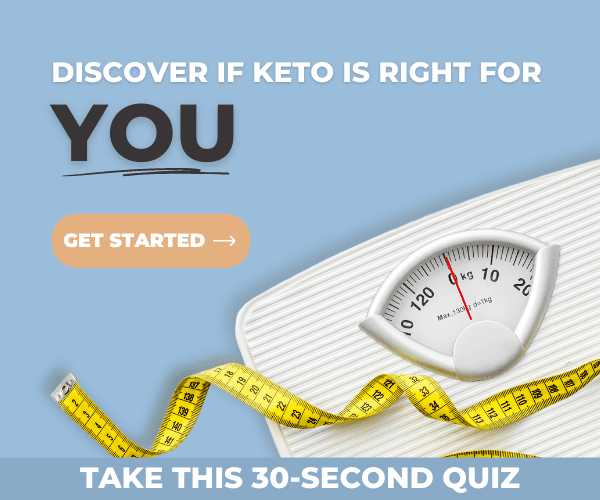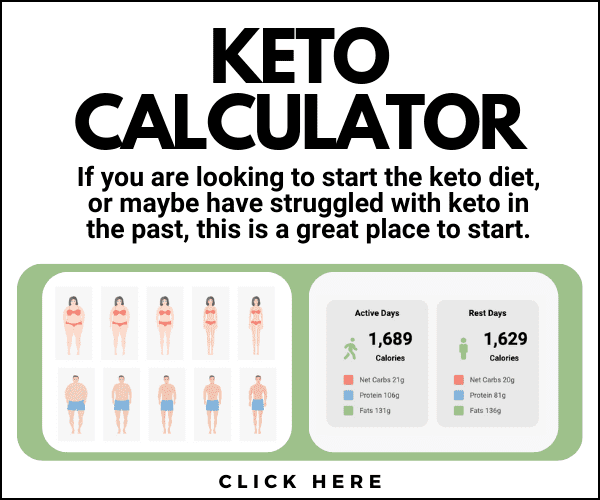Types of Fat: Saturated, Unsaturated, and Trans Fats

To state the obvious, fat is one of the three macronutrients from which we derive calories (carbohydrates and protein are the other two). While we likely all know the benefits of protein, the idea of limiting carbohydrates, and the immense energy profile that fat contains, there are many other benefits to having sufficient amounts of fat in our diet. But, there are different types of fat and some should be limited.
The list of benefits of fats is quite extensive and we will not seek to exhaust that list, instead of looking at the types of fat within its macronutrient category and what they are used for. We will then end with a brief discussion on a few great places to find each type. Let’s begin by naming them: saturated, unsaturated (poly and mono), and trans-fat.
Saturated Fat (Saturated With… What?)
A Saturated Fatty Acid (SFA) is a fatty acid that has been “saturated” with hydrogen (See how helpful that was? Let’s ignore the science vernacular). For our purposes, let’s stick with focusing on where we find it and what it’s used for! SFA is mainly found in meat and dairy products but is also highly present in coconut oil.
While countless media and health organizations have demonized this fat, it is an essential fat to have in our diet! SFA helps with many of our body’s functions, especially concerning brain growth/development (our brain is made mostly of SFA), hormone production, neural activity (insulation), and immune health (incorporated into white blood cells). In other words, while it’s true you wouldn’t want SFA being the only contributor to your fat intake, it is completely normal for it to be on the high side, especially when on a ketogenic diet. [1] [2]
Monounsaturated Fat
A Monounsaturated Fatty Acid (MUFA) is a fatty acid that has a single spot on its carbon chain that is not saturated with hydrogen, known as a double-bond (once again, unhelpful for our purposes). These fats are found to be liquid at room temperature but will solidify when cooled.
MUFAs are one of the best-studied and most widely accepted fats for their numerous health benefits, the main of which include their effects on the HDL/LDL cholesterol ratio in our bodies and overall heart health. Sources of this fat include nuts, avocados, and certain oils, including olive, peanut, and safflower. [3]
Polyunsaturated Fat
A Polyunsaturated Fatty Acid (PUFA) is a fatty acid that, you guessed it, contains multiple spots on its carbon chain that is not saturated with hydrogen. The presence of these double-bonds makes it liquid at room temperature and even in the refrigerator.

Within this category are two main sub-types, namely, Omega-3 and Omega-6 (this should sound familiar!). These are known as essential fatty acids, as our bodies cannot make them on their own and therefore must be incorporated into our diets. This is similar to essential amino acids, which are amino acids that our bodies also cannot make on their own. [4]
To date, we know they play a role in brain development, overall cellular health, and lowering of bad cholesterol (LDL), just to name a few. Sources of PUFAs include several types of fish, walnuts, flaxseed/oil, etc.
Trans-fat? What’s that?
A trans-fat is a special class in itself, as this fatty acid is rarely found in nature. It’s more common today due to scientists wanting to give certain foods more desirable properties, like having peanut butter that is creamy and non-oily at room temperature.
 The structure of these fats makes them, in many cases, unusable by our bodies, and they’ve been shown to dramatically increase heart disease as intake increases. If a food label does not specifically state the presence of trans-fat, it can be spotted in the ingredients list as “partially hydrogenated oil.”Trans fats have been linked to heart disease, cancer, and many more diseases. You’ll find trans-fats in lots of prepackaged foods, so try to avoid them if possible. [5]
The structure of these fats makes them, in many cases, unusable by our bodies, and they’ve been shown to dramatically increase heart disease as intake increases. If a food label does not specifically state the presence of trans-fat, it can be spotted in the ingredients list as “partially hydrogenated oil.”Trans fats have been linked to heart disease, cancer, and many more diseases. You’ll find trans-fats in lots of prepackaged foods, so try to avoid them if possible. [5]
There are usually alternatives in the store! Using peanut butter as an example, look for a peanut butter whose ingredients list is short, such as:
Ingredients: Peanuts, salt.
Concluding Thoughts on Different Types of Fat
Fat is an extremely important macronutrient that our bodies require, especially when following a ketogenic diet. The sub-types of fats include Saturated, Monounsaturated, Polyunsaturated, and Trans- Fatty Acids. Being sure to get each one in their proper amounts leads to several beneficial health outcomes, and doing so should be a part of a well-formulated ketogenic diet.
References
Gershuni VM. Saturated Fat: Part of a Healthy Diet. Curr Nutr Rep. 2018 Sep;7(3):85-96. doi: 10.1007/s13668-018-0238-x. PMID: 30084105.
Astrup A, Magkos F, Bier DM, Brenna JT, de Oliveira Otto MC, Hill JO, King JC, Mente A, Ordovas JM, Volek JS, Yusuf S, Krauss RM. Saturated Fats and Health: A Reassessment and Proposal for Food-Based Recommendations: JACC State-of-the-Art Review. J Am Coll Cardiol. 2020 Aug 18;76(7):844-857. doi: 10.1016/j.jacc.2020.05.077. Epub 2020 Jun 17. PMID: 32562735.
Gardner CD, Kraemer HC. Monounsaturated versus polyunsaturated dietary fat and serum lipids. A meta-analysis. Arterioscler Thromb Vasc Biol. 1995 Nov;15(11):1917-27. doi: 10.1161/01.atv.15.11.1917. PMID: 7583572.
Simopoulos AP. The importance of the ratio of omega-6/omega-3 essential fatty acids. Biomed Pharmacother. 2002 Oct;56(8):365-79. doi: 10.1016/s0753-3322(02)00253-6. PMID: 12442909.
Dhaka, V., Gulia, N., Ahlawat, K. S., & Khatkar, B. S. (2011). Trans fats-sources, health risks and alternative approach – A review. Journal of food science and technology, 48(5), 534–541. https://doi.org/10.1007/s13197-010-0225-8










